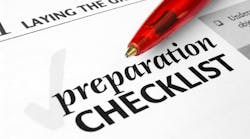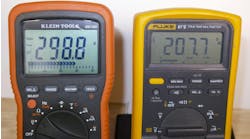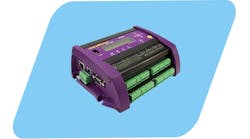Before actually conducting insulation resistance tests, you need to prepare for them. Here are some steps you don’t want to skip:
• Understand the associated system. What will taking those cables out of service do? How much equipment must be taken out of service, and how far beyond the scope of electrical does that go? For example, there may be mechanical isolation requirements, cooldown and heat-up requirements, and process material issues. And, of course, production deadlines.
• Understand the test set-up. The real value of insulation resistance testing comes from trending the results over time. For the trending to be valid, the test must be performed the same way every time. As an example, if load equipment is connected then it must be the same equipment as the last X times. The test equipment needs to be set up the same way and used the same way every time, also.
• Take the equipment out of service. This doesn’t mean just the breaker supplying the cables under test. You need to ensure that you disconnect the entire machine or apparatus from all other circuits; that includes applying lockout/tagout to the protective ground connections and the neutral.
• Discharge any capacitance. Wherever you have power factor correction, such as in power factor corrected variable speed drives, you have an energy source. Note that your insulation resistance testing also creates a hazard in this regard. So after testing is completed, you need to discharge the capacitance of the cables under test. The general rule of thumb for determining the discharge time is to multiply the time under test by four.



